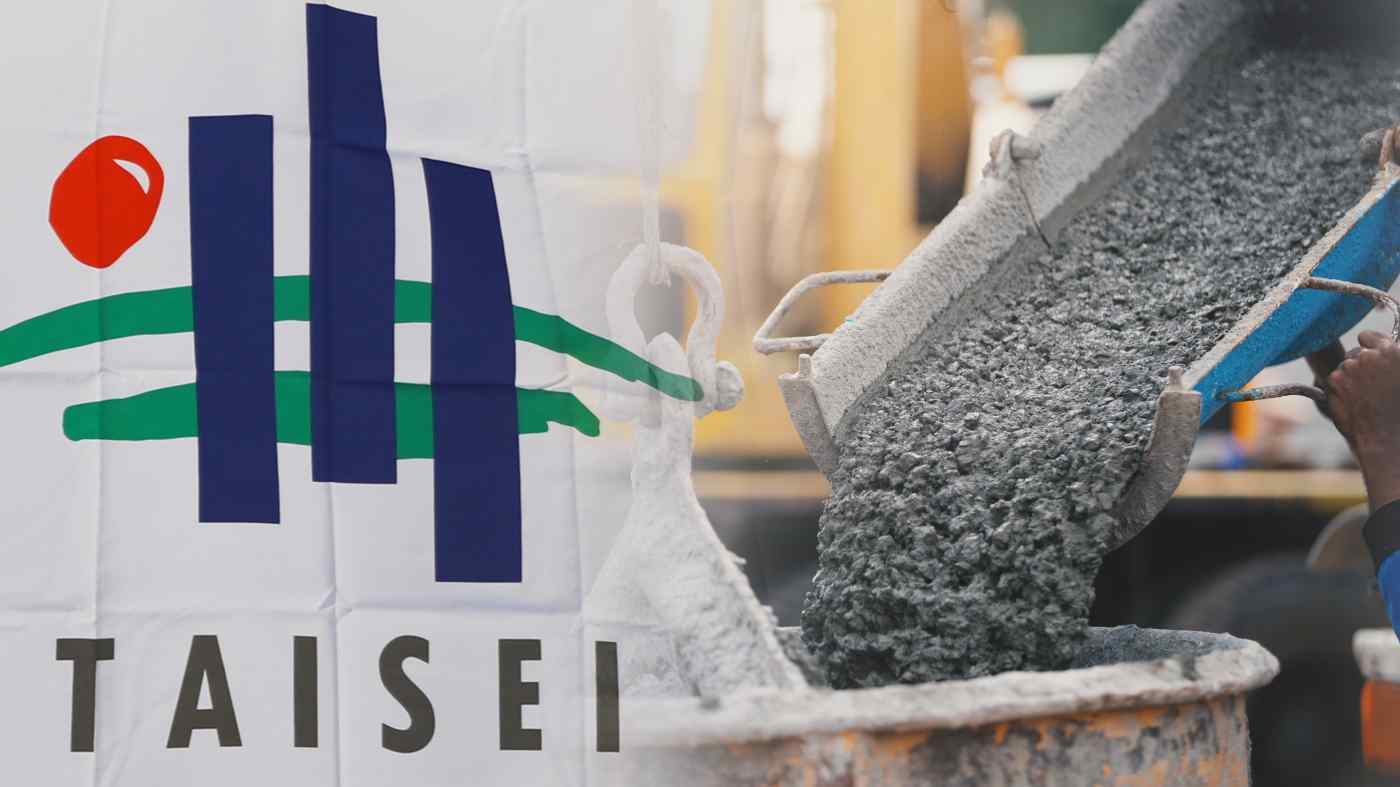Japan’s Taisei makes concrete with lower CO2
from Nikkei Asia
TOKYO — Japanese general contractor Taisei has developed a technology to lock up carbon dioxide from the air in the process of making concrete, significantly reducing emissions of the greenhouse gas, Nikkei has learned.
The new technology captures atmospheric carbon dioxide to produce calcium carbonate, a compound of carbon dioxide and calcium, for cement, a major component. Concrete production usually generates up to 300 kg of carbon dioxide per cubic meter of concrete, with the production of ordinary cement accounting for about 90% of the emissions generated in the whole process.
The new technology captures up to 170 kg of carbon dioxide per cubic meter of concrete. While the production process does emit some carbon dioxide, the net amount would be negative, by up to 55 kg per cubic meter.
Idemitsu Kosan is in charge of producing calcium carbonate, working with Ube Industries and JGC Holdings to reduce the costs of mass production.
Decarbonization shifts are driving materials innovations. Construction company Kajima is developing a technology to capture carbon dioxide in concrete. However, carbon dioxide reduces the alkalinity of concrete, leading to the oxidation of iron in reinforced concrete.
JFE Steel, Taiheiyo Cement and Sojitz are also working on a technology to produce calcium carbonate by capturing carbon dioxide.
Calcium carbonate is alkaline, so that concrete would remain alkaline. Strength or viscosity would be the same as normal concrete, according to Taisei.
According to the ready-mixed concrete association based in Tokyo, Japan’s total ready-mix concrete production was about 79 million cu. meters. If everything was replaced with the new concrete, annual carbon dioxide emissions would be cut by up to 430,000 kg.
The research and development project would be subsidized by the state-backed New Energy and Industrial Technology Development Organization for five years through 2024. The companies aim to set up a test plant by around 2030.








